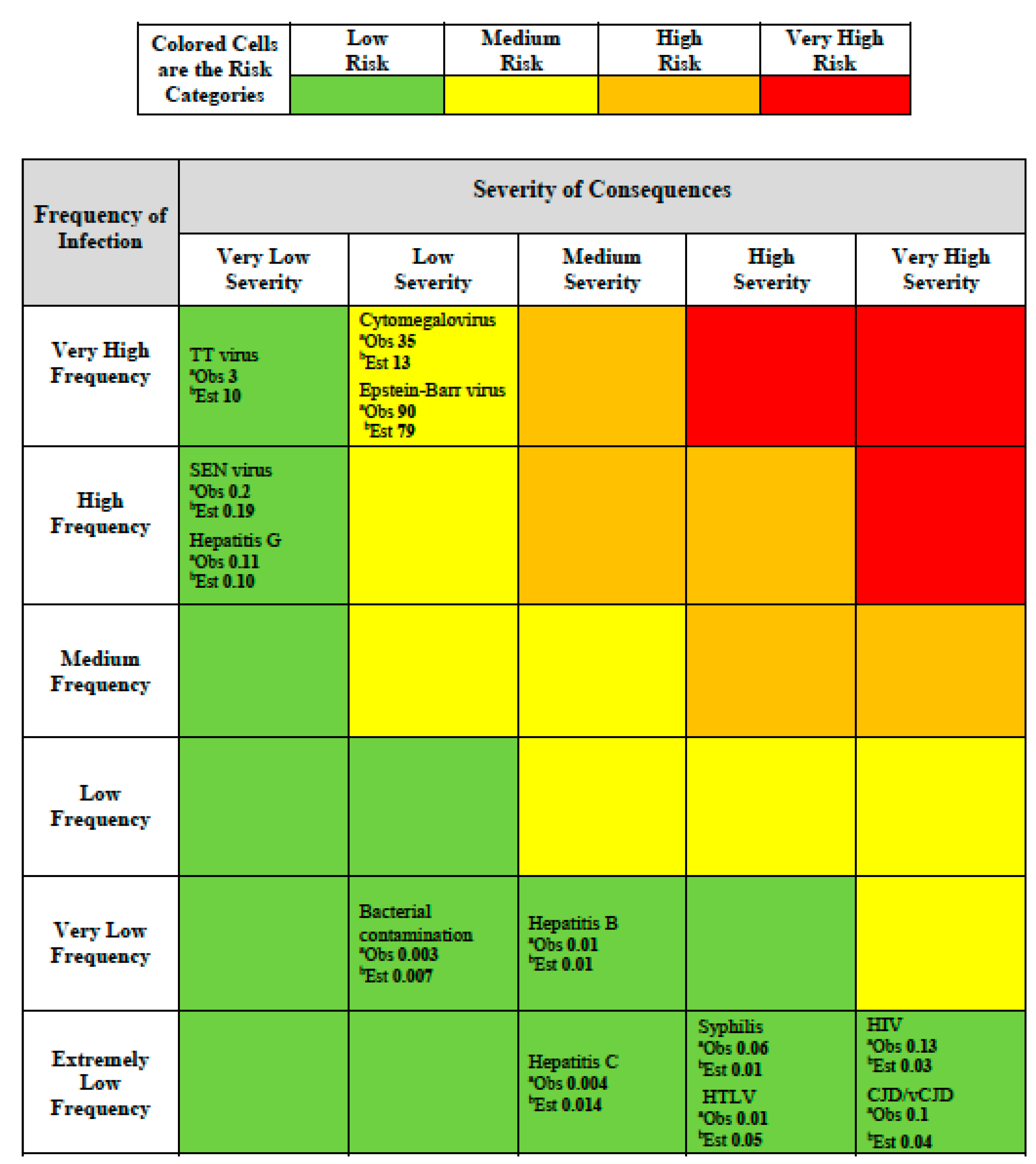


You list all of the possible causes of an event on the left. Bow-tie analysis begins with a review of a risk event and then projects it in two directions. One of the most useful techniques for identifying risk mitigations is a bow-tie analysis. Based on the risk’s prominent drivers, this information assists in identifying appropriate treatments to manage the risk.
#Risk probability method driver
Ranking risk probability against risk consequence reveals the main driver of risk severity, whether it is a probability or a consequence. They provide a practical way to rank the overall severity of risk by multiplying the risk’s likelihood of occurrence by the risk’s impact, should it still occur.

The size of risk matrices differs frequently, but they all essentially do the same thing. This is commonly recognized as the standard method of determining risk severity. The five most common types of analysis are as follows:
#Risk probability method how to
The availability of resources and personal experience also play a significant role in deciding how to approach assessing the risk of a project. Types of Qualitative Analysisĭifferent types of projects demand different types of qualitative risk analysis. All of this contributes to a clearer picture for future projects. They also identify trigger conditions, assumptions, and project elements that are affected. Project managers learn a lot more than just risk probability and consequences. This helps in the development of more effective risk treatment and contingency budgeting for future projects. Qualitative risk analysis can also help a project manager truly understand risks. This is important when it comes to prioritizing risk areas and treatment schedules. This can be accomplished by categorizing risks based on their source. This method also provides project managers with a better understanding of the main areas of risk exposure. This enables project managers to concentrate on developing treatments for the most significant risks. In many cases, the resources expended to mitigate a risk outweigh the risk itself.Īs a result, one of the primary objectives of qualitative risk analysis is to prioritize risks based on probability and impact. Projects are exposed to a wide range of risks, and it is impractical for project managers to deal with them all.


 0 kommentar(er)
0 kommentar(er)
